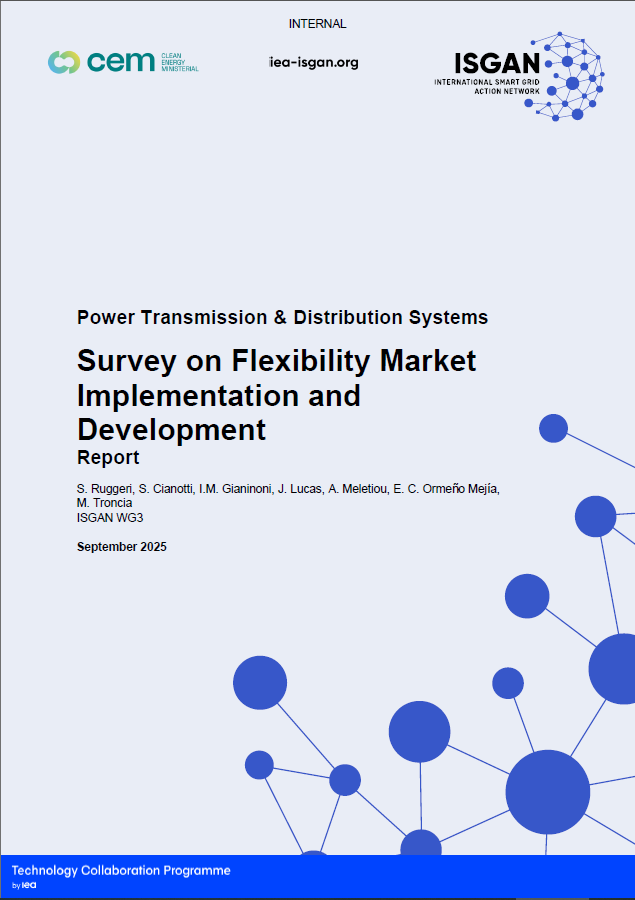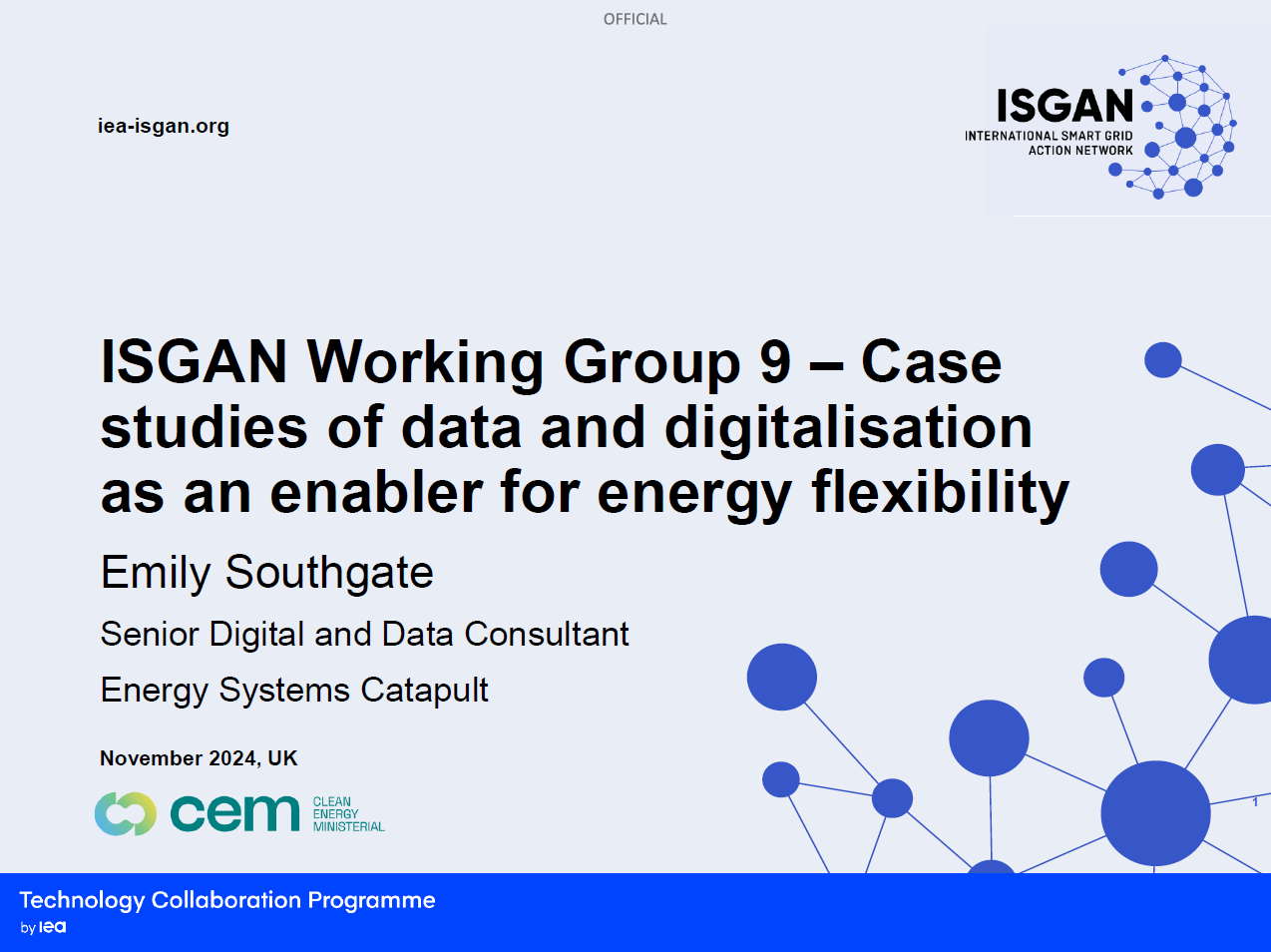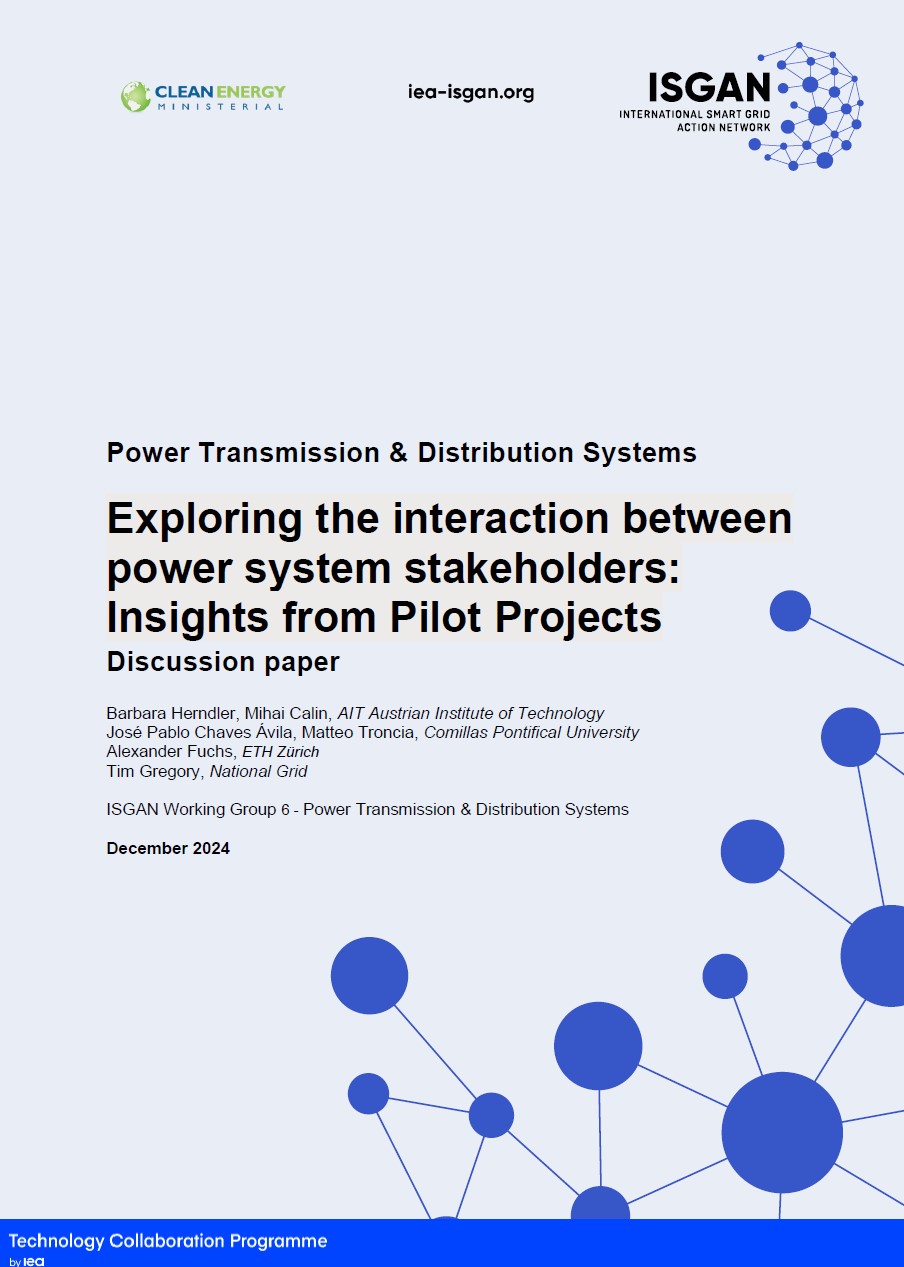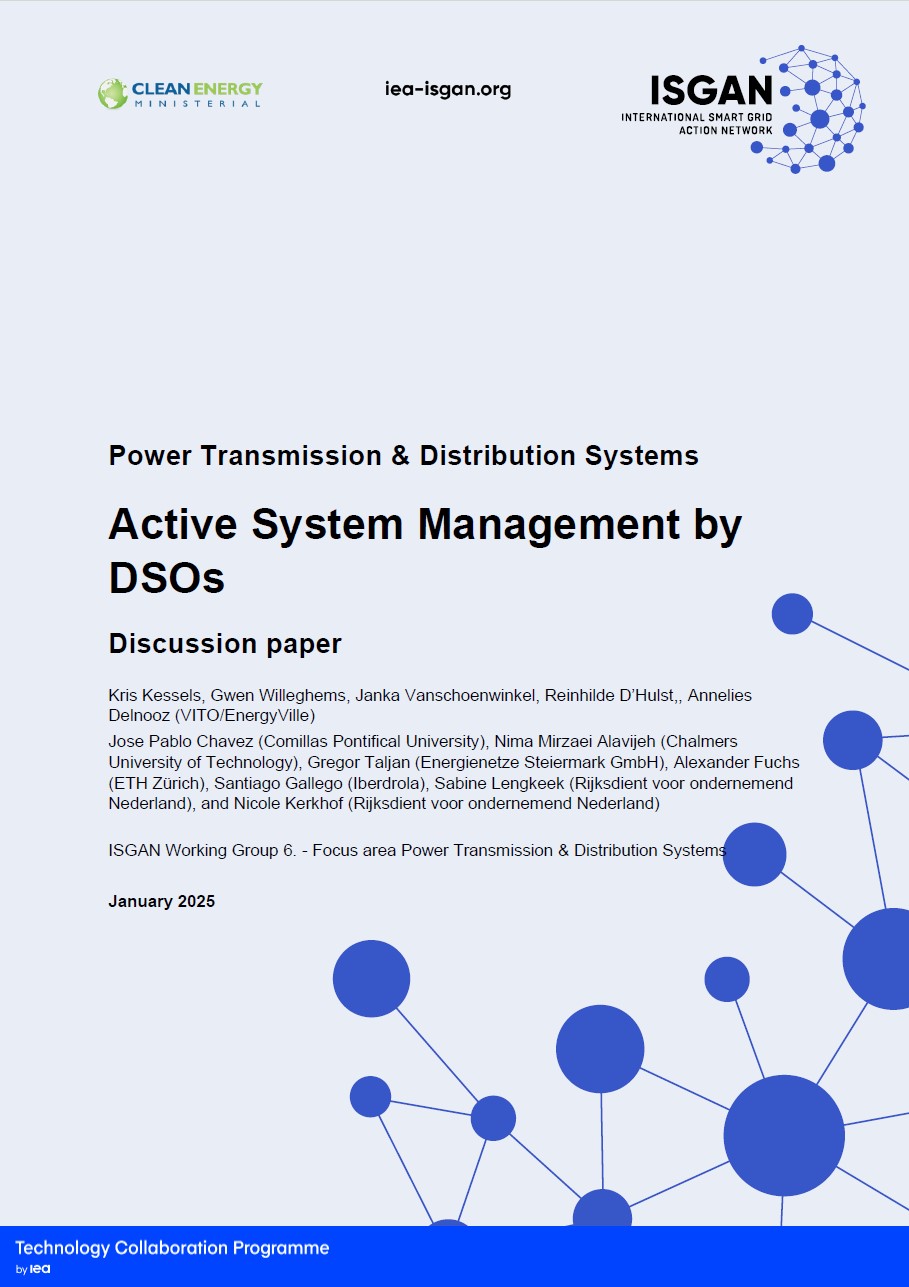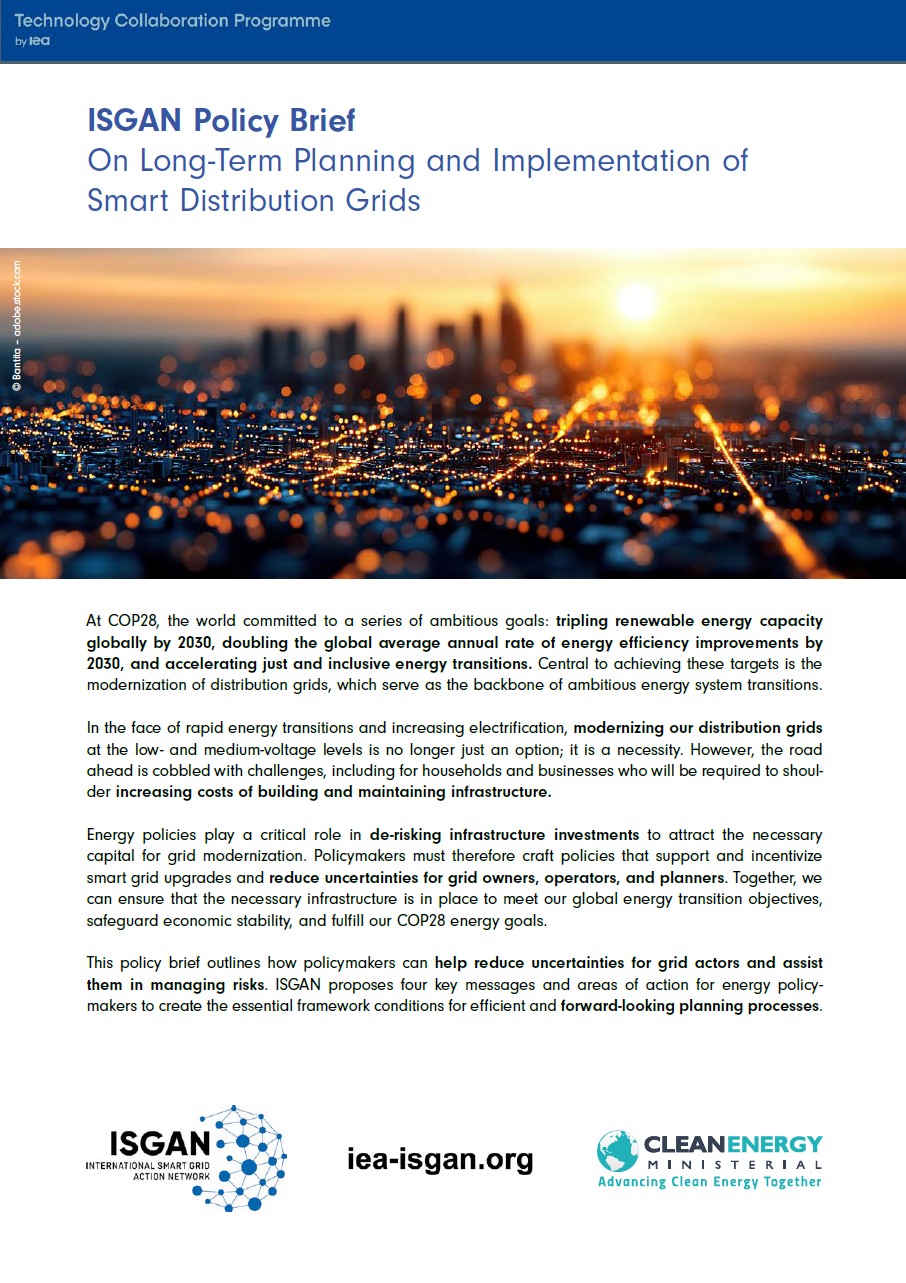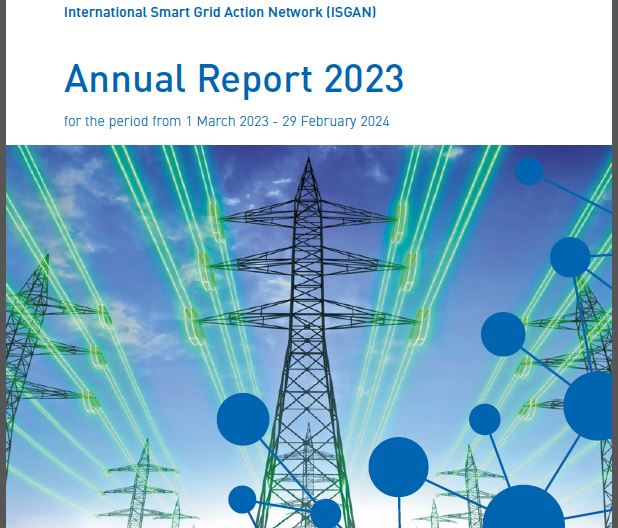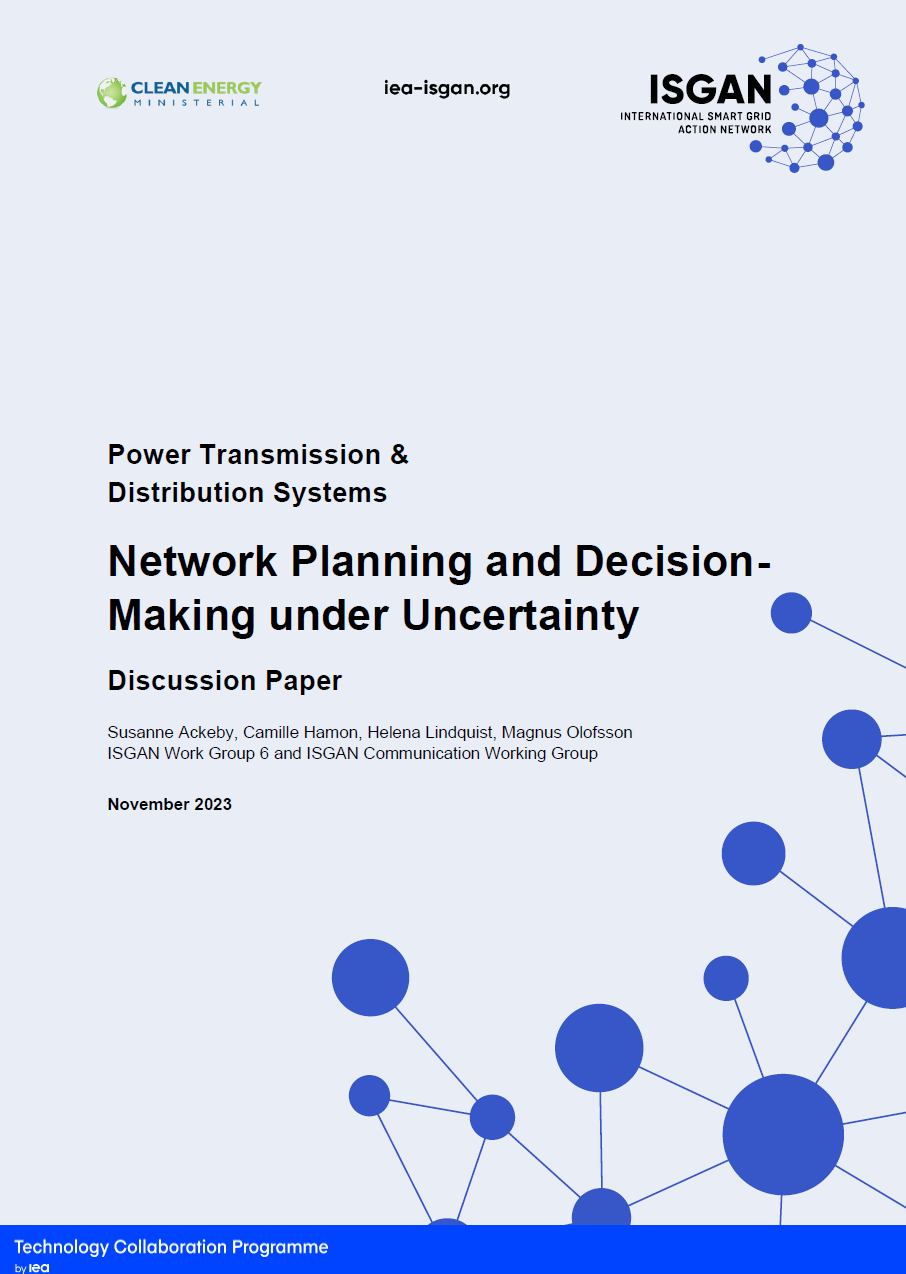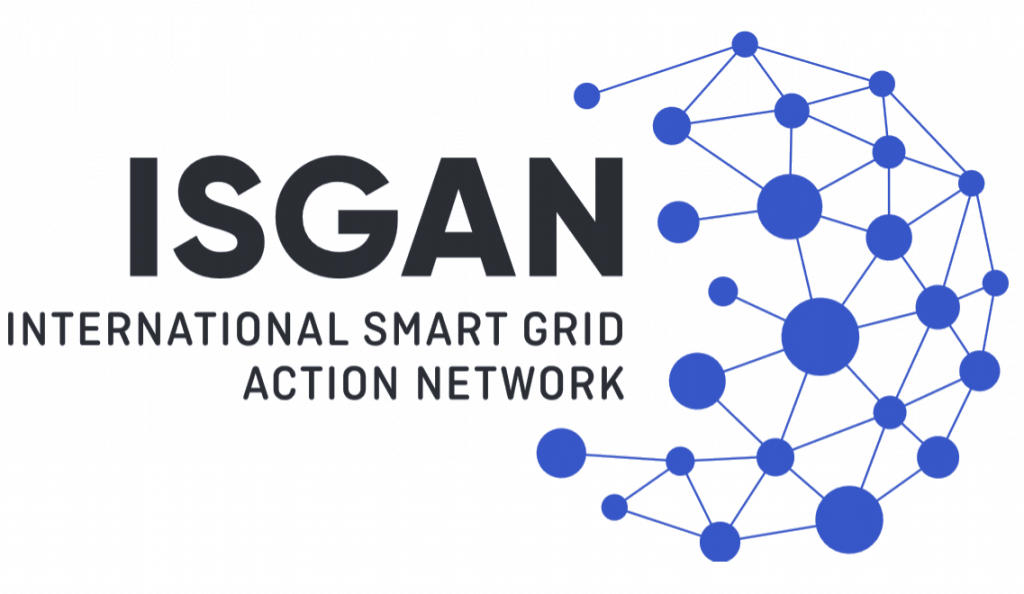Publications
The increasing penetration of renewable energy sources, alongside growing policy support for decarbonization and decentralized energy systems, has heightened interest in local flexibility markets across Europe. Within the framework of the EU’s Clean Energy Package—particularly Directive (EU) 2019/944 and Regulation (EU) 2019/943—Distribution System Operators (DSOs) are encouraged to explore flexible
This data and digitalisation case studies collection was prepared by the Energy Systems Catapult UK on behalf of the Department for Energy Security and Net Zero (DESNZ), UK, under the ISGAN Working Group 9 Task on Interoperability. Energy Systems Catapult acts as the UK Alternate Delegate for ISGAN and manages
This brochure presents the insights gathered as part of the ISGAN WG9 Task, drawn from stakeholder engagements with representatives from Austria, Switzerland, Belgium, Japan, the Republic of Korea, the United Kingdom, and Spain. As energy systems undergo rapid transformation due to increasing electrification and the integration of distributed energy resources,

